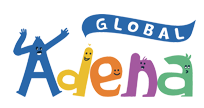
What Is Montessori Sensorial Education and How Does It Shape a Child’s Learning Ability?
If you’ve ever observed a Montessori classroom or browsed Montessori-inspired learning tools, you may have noticed an intriguing category: Sensorial Materials.
Beautifully crafted blocks, cylinders, fabrics, and color tablets—these aren’t “just toys.” They’re powerful tools designed to refine the senses and lay the foundation for lifelong learning.
So what exactly is Montessori Sensorial Education, and why is it so crucial in the early years? Let’s break it down.
Why the Senses Come First in Montessori
Maria Montessori observed that children learn about the world first through their senses, long before abstract thinking develops.
From birth to around age six, their brains are in the “Sensitive Period” for sensory development—a unique window where touch, sight, sound, smell, and taste are rapidly forming neural connections.
In Montessori education:
l The senses are trained and refined through purposeful activities
l Children learn to classify, compare, and discriminate
l Sensory clarity becomes the base for language, math, and logical thinking
For example, recognizing the difference between two shades of blue isn’t just about colors—it’s early visual discrimination, a skill later used for reading letters or interpreting graphs.
What Are Montessori Sensorial Materials?
Montessori sensorial materials are scientifically designed to isolate and refine one sense at a time.
Some classics include:
l Pink Tower – visual perception of size and dimension
l Knobbed Cylinders – tactile and visual discrimination of height/width
l Color Tablets – fine color gradation recognition
l Sound Cylinders – auditory discrimination
l Fabric Box – tactile texture matching
Each material has a built-in control of error—children can see or feel if something is “off” without an adult correcting them. This promotes independence and self-assessment.
How to Bring Sensorial Education Into Your Home
You don’t need a full classroom to support sensory development. Here’s how parents can incorporate it naturally:
1. Create a “sensory shelf” – a low, open shelf where sensory materials are displayed neatly.
2. Rotate activities – keep only a few materials out at a time to encourage focus.
3. Follow your child’s interest – observe which senses they’re drawn to and offer related materials.
4. Involve daily life – cooking, folding laundry, nature walks, and gardening all engage the senses.
How Adena Supports Sensorial Learning
At Adena, we create Montessori sensorial materials that combine educational precision with child-safe design.
Our tools are:
u Dimensionally accurate – ensuring children develop true visual and tactile discrimination
u Made for little hands – lightweight, smooth edges, non-toxic finishes
u Classroom-grade yet home-friendly – durable for daily use in Montessori schools and home learning spaces
Every piece is designed to nurture not just sensory skills, but also concentration, independence, and joy in discovery.
The Lasting Impact of Sensorial Education
Montessori Sensorial Education is not an “extra” subject—it’s the foundation.
By refining the senses early, we prepare children for more advanced intellectual work: reading, math, science, and creative problem-solving.
Dr. Montessori put it simply
“The senses, being explorers of the world, open the way to knowledge.”
Bring Montessori Sensorial Learning to Your Home
Explore Adena’s collection of Montessori sensorial materials—designed for children aged 0–6 and trusted by Montessori schools worldwide.
Visit adenaglobal.com to see our full range of learning tools.
Questions? Email us at julia@adenamontessori.com for personalized recommendations.
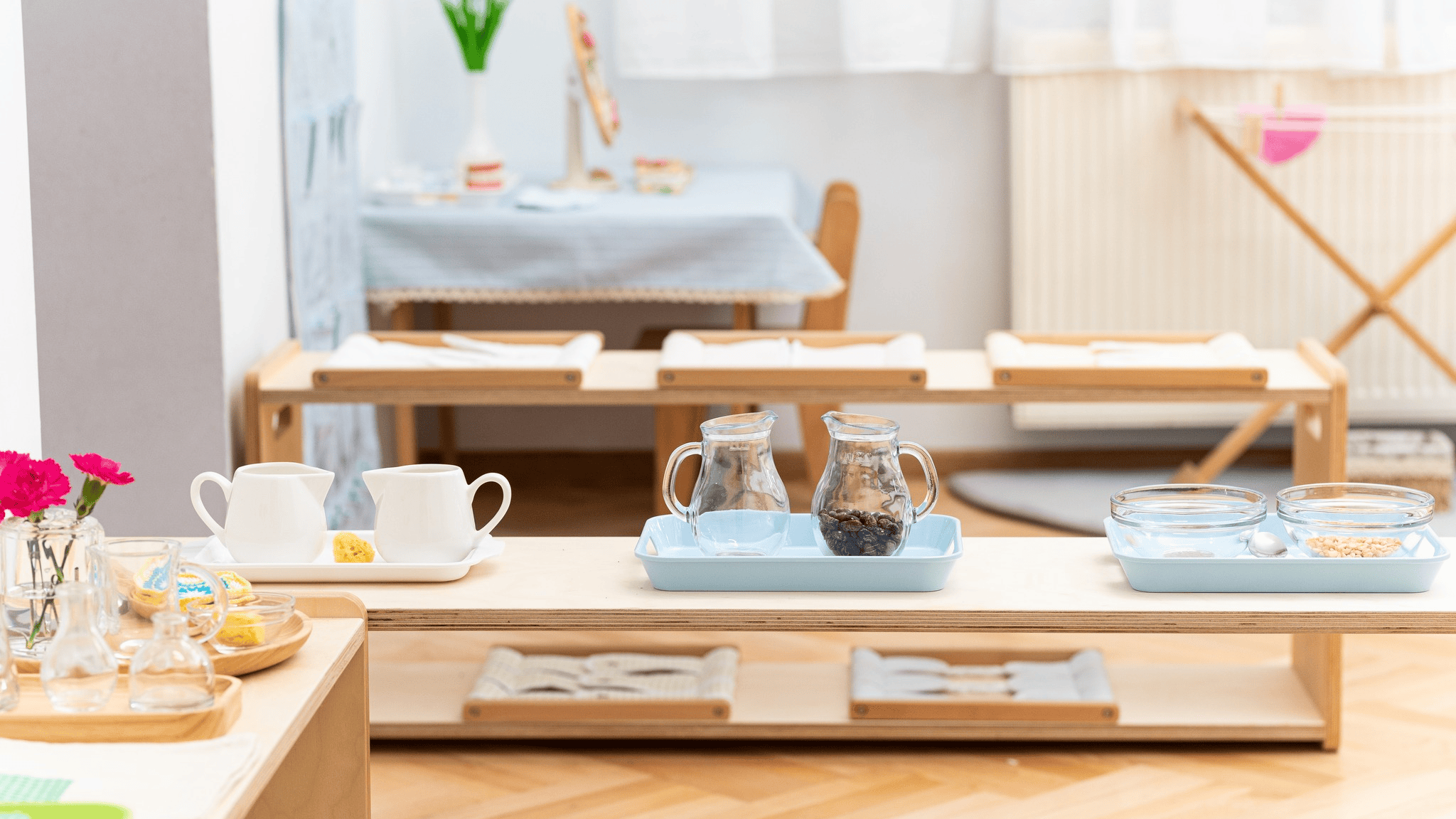 Back-to-School Anxiety: Montessori Tips for a Smooth Transition
Back-to-School Anxiety: Montessori Tips for a Smooth Transition
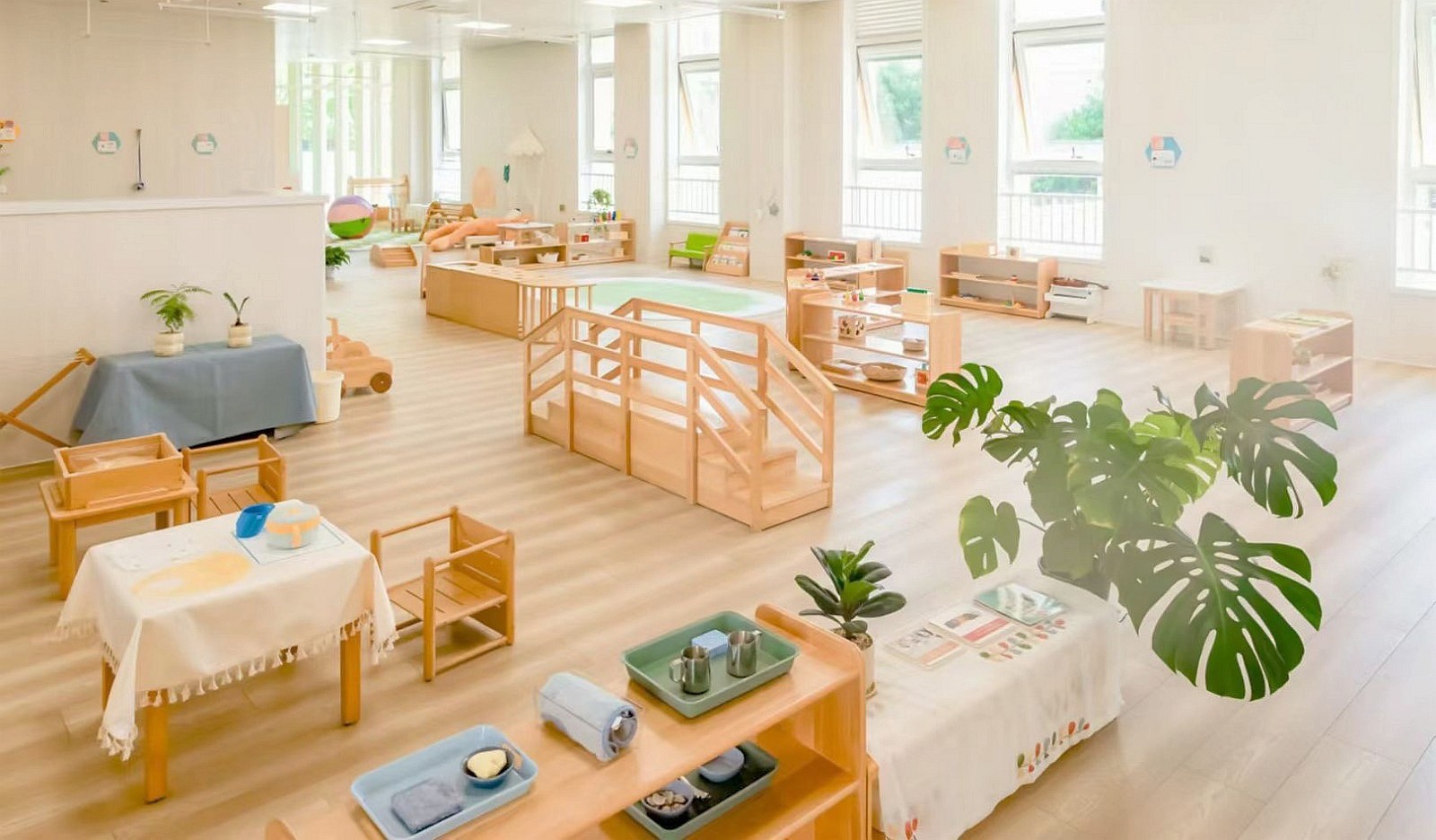 Back-to-School Checklist: Montessori Study Corner Setup | Adena Montessori
Back-to-School Checklist: Montessori Study Corner Setup | Adena Montessori
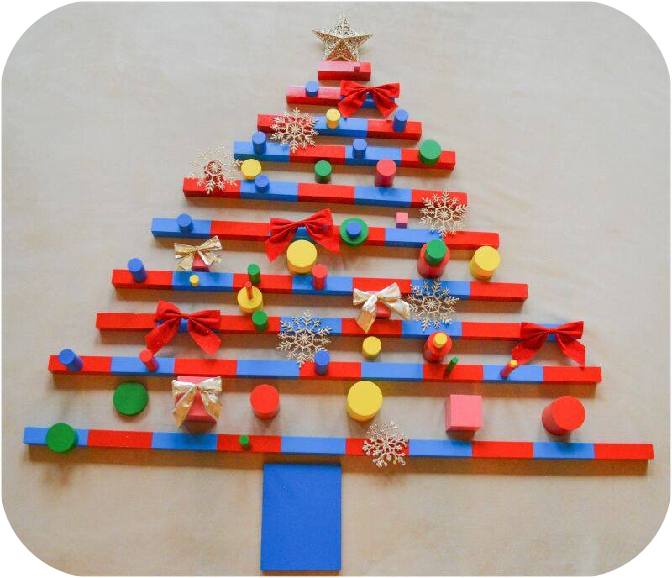 Christmas Montessori Gift Guide Sensorial Materials for Warm Parent–Child Interaction
Christmas Montessori Gift Guide Sensorial Materials for Warm Parent–Child Interaction
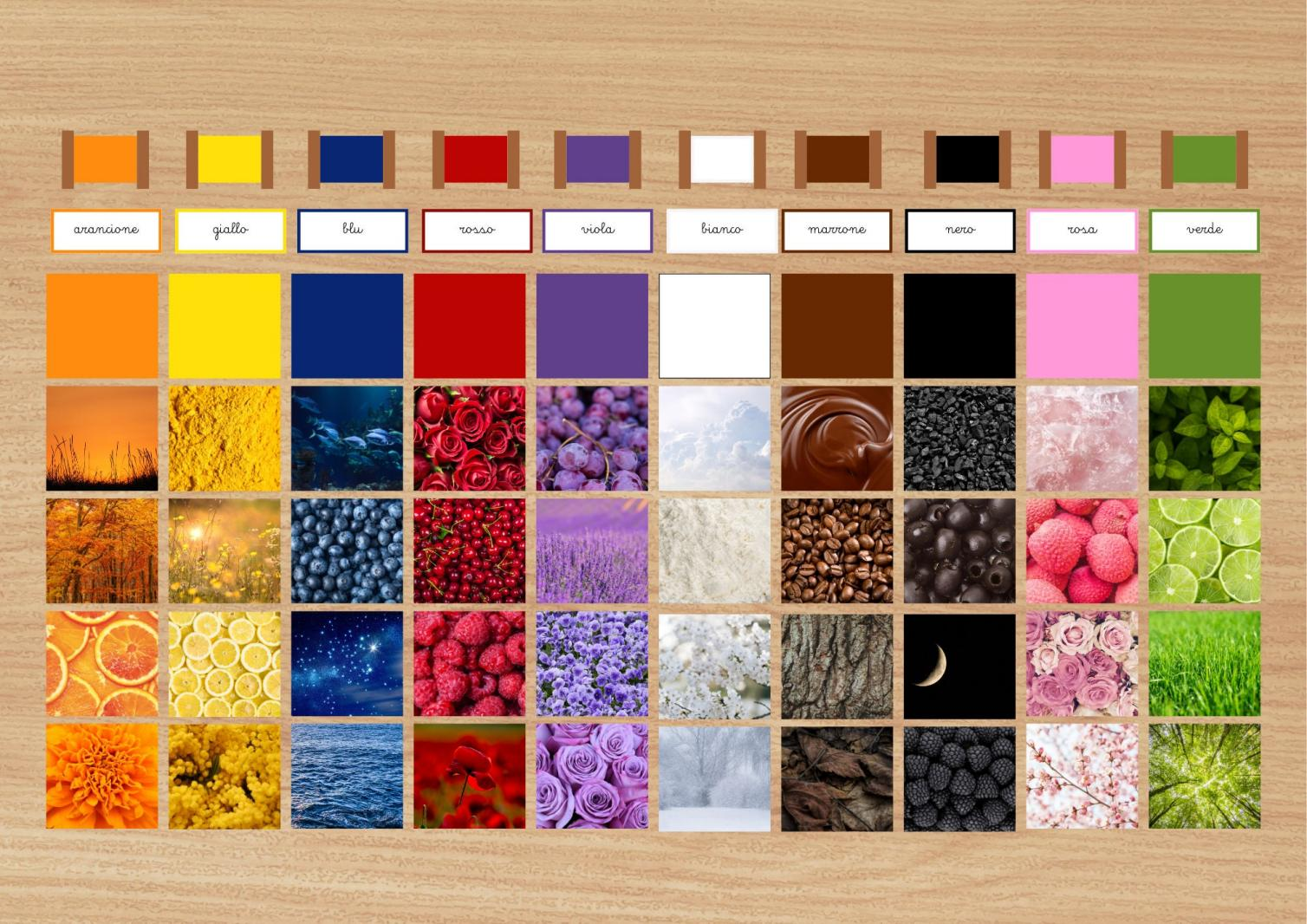 How to Use Montessori Color Tablets for Autumn Shades Matchi?
How to Use Montessori Color Tablets for Autumn Shades Matchi?
